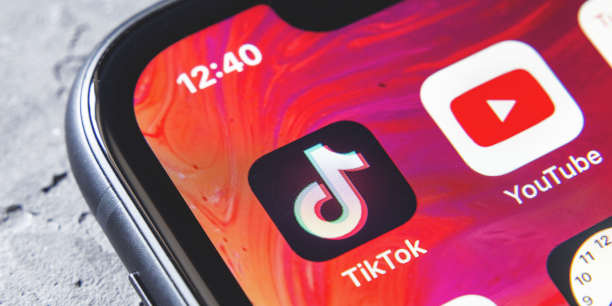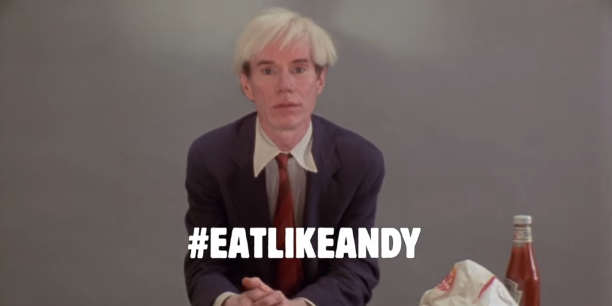The Oscars are back! As usual, we’re not content to simply predict the winners and losers of the Best Picture race. The real big question on everyone’s mind is: who will be the best- and worst-dressed stars on the red carpet this year?
As digital obsessives and avid pop culture consumers, we tend to watch these award shows with interest. After all, celebrities in today’s culture are more than just people; they’re actively managed brands. Retail brands can learn a lot from Hollywood celebrities this season—how to make a splash, how to project confidence, how to generate positive buzz without compromising their reputation, and how to get a return on their often considerable investment.
So, with that in mind, here are our four lessons from the red carpet that retail brands can incorporate into their digital marketing strategies.
-
Be a trendsetter
As one celebrity after another rushed to copy the pink puffy dress trend throughout 2019, it was Billy Porter’s gender-norm-challenging tuxedo ballgown that made the biggest statement at last year’s Oscars.
Retail marketers can learn a lot from Porter. Many brands rush to embrace the newest channels in digital media—like short-form video-sharing sensation TikTok—but simply copying other strategies will not get you ahead of the crowd.

Voice search. AI chatbots. Augmented reality. It’s easy for brands to get “trend anxiety” as they read about the percentage of dollars being directed into new channels. Rather than following trends that may be wrong for your business, pause and analyse the data. Where is your target audience today? Can you buck the trend, or, better yet, trail-blaze one of your own? Ultimately, the trendsetters are the ones we remember.
-
Play up your strengths
Is your brand classy and elegant like Helen Mirren? Cool and understated like Emma Stone? Bold and playful like Björk?
The celebs who make the best-dressed lists are inevitably those who know their personal brands inside out—and understand what will work best for the image they’re trying to project. They know their best camera angles. They work with stylists to play up their most memorable “trademark” features and to perfect their signature look. The same style that suits one star perfectly might look desperately wrong on another.
For retail brands, the success of your content and campaigns similarly depends largely on how your customer base receives them. The same campaign that comes across as perfectly plausible from one brand might seem false, desperate, or fake coming from another. The best and most memorable campaigns are the ones that play up something unique about a brand.
When REI implores people every Black Friday to #OptOutside, it rings true because this is a value shared by the brand and its target audience. In contrast, Burger King’s now-infamous #EatLikeAndy Super Bowl ad landed with a thud, mostly because Burger King is about the last brand anyone would associate with Andy Warhol—now or in 1975.
The lesson for retailers? Learn your camera angles. Know your signature looks. Understand your audience and why they buy. And opt for messaging that speaks to who you are.
-
Take (calculated) risks
Safe, conservative dresses rarely capture much attention. The celebrities we’ll be talking about around the water cooler on Monday are those who took a risk—with their outfits, their acceptance speeches, their political statements.
Likewise, safe, conservative marketing in 2020 is also likely to be quickly forgotten. If you’re looking to capture new audiences or generate organic buzz, you need to be bold. According to Kantar Worldpanel’s annual Brand Footprint report, 55% of the world’s top-performing brands said they took risks with their brand and marketing strategies last year.

Will it always pay off? Not necessarily. Is it possible you might alienate some customers in the process? Sure. But brands can mitigate the risk by truly understanding their core brand values and those of their target audience. When celebrities make controversial speeches at the Oscars, they know they’re speaking to a largely sympathetic audience—the people they might alienate were never going to be their fans anyway. They’re not trying to polarise people; they’re trying to use their platform to spark conversation. Retail brands can learn from that.
As Mark Zuckerberg said: “The biggest risk is not taking any risk. In a world that’s changing quickly, the only strategy that is guaranteed to fail is not taking risks.”
-
Want to play? Prepare to pay
Fame isn’t free. That’s the first tough lesson of Hollywood. Celebrities spend small fortunes on their stylists, outfits, and public relations. Likewise, films vying for awards launch big-budget campaigns to generate enough buzz for a nomination.
A 2017 New Yorker story estimated that studios spend up to $15 million on months-long lobbying campaigns to “earn” their Oscar nominations. Of course, the potential rewards are lucrative—especially for prestige categories like Best Picture, Best Actor, or Best Director. A Variety report estimated the ROI of a nomination for Best Picture to be anywhere from 125% to 880%.
Similarly, if you want to make a splash with your digital media, you need to put some cash behind your product. It’s 2020. Most social media channels are mostly or exclusively pay-to-play, so organic visibility can’t shoulder the load alone. If you want to reach your customers in the channels where they are, you need to invest in media, content, and strategy. After all, what good is it to have an amazing product—or an amazing indie film—if nobody ever sees it?
Cult classic or big-budget blockbuster, every brand has the potential to generate buzz in a meaningful, measurable way. All it takes is some sharp thinking—and even sharper execution—to make sure you end up with a digital strategy that’s less Cats, more 1917.





